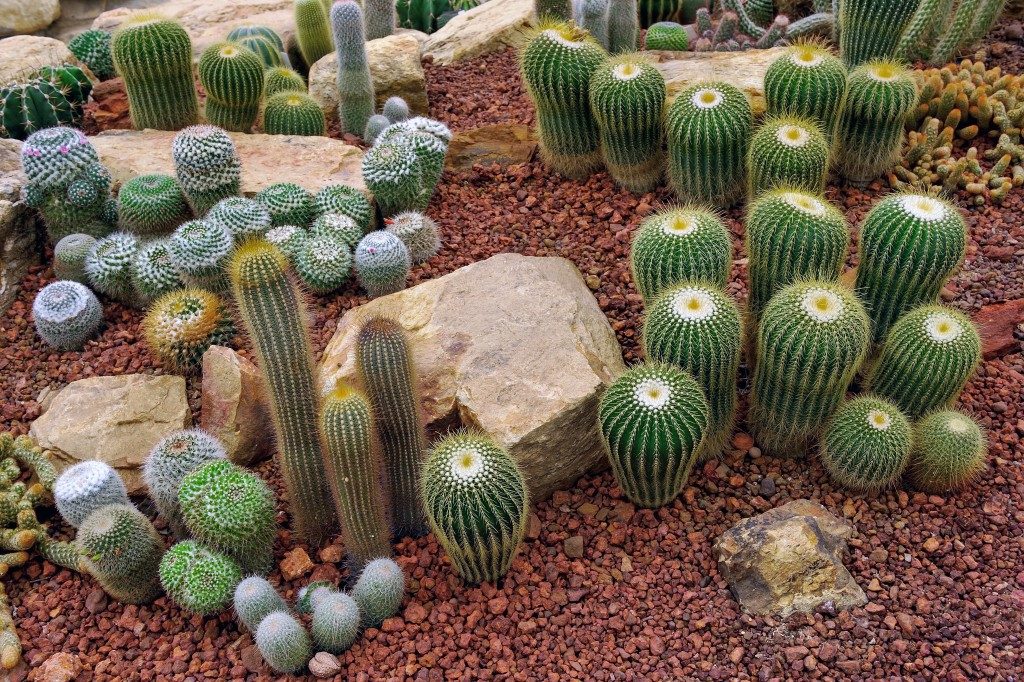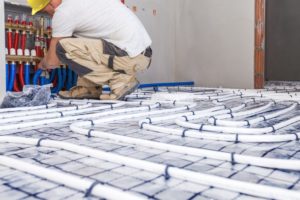If you live in an arid region but still enjoy landscaping, there’s one thing you can never neglect: conservation. In an area with a desert climate, water is undoubtedly the topmost precious resource people have.
That is why many have missed out on amazing opportunities to create a beautiful landscape garden for fear of wasting this extremely valuable resource. But, here’s some great news: with some smart planning, it’s definitely possible to own an enviable garden filled with colors and foliage while still maximizing your source of water and conserving it at the same time.
Size Matters
All the elements in your yard, such as the trees, shrubs, rocks, and flowering plants, should work effectively by complementing each other. This, however, doesn’t mean that all of these elements should come in similar sizes.
Instead, use the scale as your guide when creating accent areas in your available space. For example, to create an illusion of density and emphasis, surround taller desert flowers and grasses with a circle of short shrubs. For added height, use tall trees next to a one-story structure.
Be careful with the amount, however, as too many tall shrubs can make a home look a lot smaller than it actually is. If there are trees in awkward heights, get tree removal services in Utah to take them out of your property safely. Finally, to build walls or emphasize a patio or a path, use boulders or larger-sized rocks.
Plant Shapes Also Matter

At first, it may sound a little odd to think about how the shape of your chosen plants for a desert garden can affect your entire landscape plan. But, consider this situation: a flat, rocky yard planted with rows of tall and thin cacti plants may look like you have an army of soldiers ready to greet you as you walk into your property.
So, make full use of plants with a variety of shapes and heights to create dimension. For example, Bouteloua curtipendula, a type of short species that changes its color from green to tan depending on the season, may be used to create soft edges in your garden.
Do your research about plants and other shrubs that grow into different heights.
Colors Everywhere
In dry climates, it’s very common to only see shades of brown or gray due to its often sandy or rocky land textures. That’s why it’s important to maximize the use of available foliage and colors. Each color that you want to add to your overall landscape designed should be chosen strategically.
For example, to attract unique species of bees, plant some Mexican poppies and other similar wildflowers. Aloe or ice plants, which are succulents known for their warm red and yellow tones, can be used as your garden’s focal points.
They’re highly convenient as well as they can be either sown into the ground or potted depending on your preference.
Finally, choose materials that require minimal to no water at all, as these will help make your maintenance routine a lot simpler. The top choices for many garden owners are stones, rocks, pebbles, sand, and concrete.




